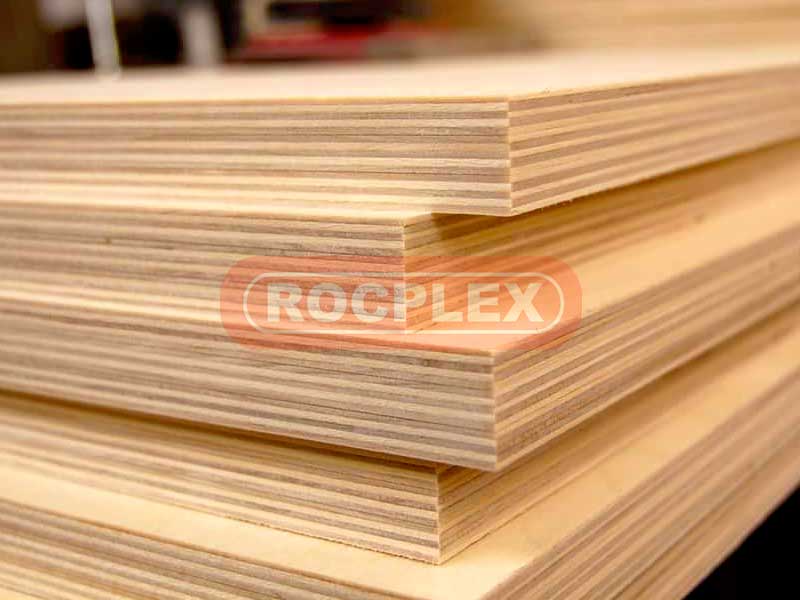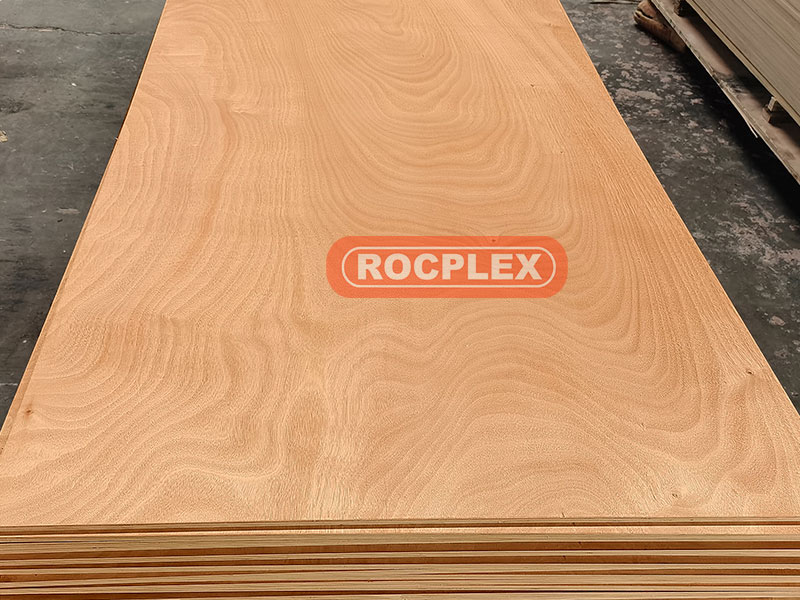Plywood Classification
Plywood is divided into common plywood (plywood suitable for wide use) and special plywood (plywood suitable for special use).
The quality requirements of plywood include appearance grade, size and physical and mechanical properties.
Appearance grade, size, physical and mechanical properties of the product are qualified by three tests, otherwise it is judged to be unqualified. The plywood shall have the product quality certificate of the quality inspection department of the manufacturer when leaving the factory, indicating the type, specification, grade, bonding strength and water content of the plywood.
The size and thickness of common plywood are 2.7mm, 3.3mm, 4.5mm, 5.5mm, 6mm... From 6mm onwards, increase by lmm. The thickness is thin plywood from below 4mm. 3 mm, 3.5 mm and 4 mm thick plywood are common specifications. Plywood of other thicknesses shall be manufactured by mutual agreement between the supplier and the supplier.
Manufacturing process of plywood
Plywood is a three-ply or more-ply laminate made of log twisted into veneer or wood square planned into thin wood and glued with adhesive. Odd-ply veneers are usually bonded with the fibers of adjacent veneers arranged perpendicularly to each other. Therefore, there are three-in, Five-in and seven-in odd plywood layers.
Structurally, the outermost veneer of the plywood is called a surface plate and the front veneer is called a panel, which is the single board with the best quality used. The opposite sheet is called the backing sheet and is made of single sheets of the next highest quality. The inner single plate is called the core plate or the middle plate and is made up of the single plate with the highest quality.
Post time: Jul-15-2022



